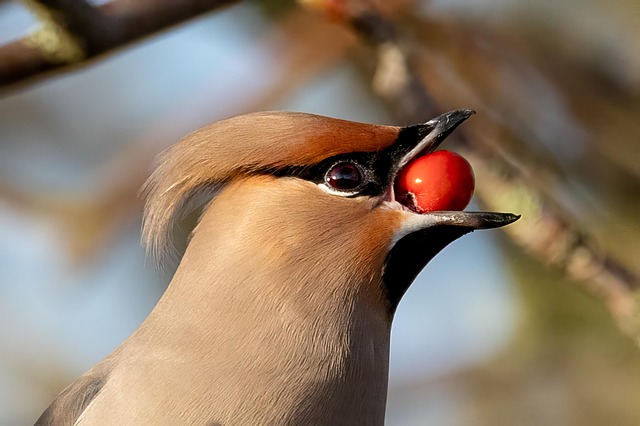Understanding snake behavior through track patterns is key for effective and humane wildlife control in Centennial yards. Homeowners can identify tracks, seek professional assistance, and practice good yard maintenance to prevent unwanted encounters. Experts use scent detection and specialized tools for tracking, ensuring safe removal methods that respect natural behaviors and protect the local ecosystem.
In urban areas like Centennial, understanding and managing snake populations is crucial for both wildlife conservation and human safety. This article explores the world of wildlife control snake removal specialists, delving into key aspects such as identifying animal tracks in your yard and implementing humane removal practices. By examining snake behavior in urban environments and the tools used to track their activity, residents can ensure effective yet gentle solutions to coexist with these fascinating reptiles.
- Understanding Snake Behavior in Urban Environments
- Tools and Techniques for Tracking Animal Activity
- Humanely Removing Snakes: Best Practices for Professionals
Understanding Snake Behavior in Urban Environments

Understanding snake behavior is crucial for effective wildlife control, especially in urban environments like Centennial. Homeowners often encounter snakes while identifying animal tracks in their yards, which can cause concern and confusion. Snakes are generally shy creatures that prefer to avoid human contact and will only strike if threatened or provoked. In urban areas, they often seek shelter in dense vegetation, under debris, or even inside structures during the colder months.
By observing their tracks, homeowners can gain valuable insights into snake presence and activity. Snake tracks typically show distinct patterns with individual scales visible, unlike other animals. Understanding these behaviors helps property owners take proactive measures to prevent unwanted encounters. Regular yard maintenance, removing potential hiding spots, and seeking professional assistance for safe removal are essential steps in managing snake populations around homes.
Tools and Techniques for Tracking Animal Activity

Wildlife control specialists employ a range of tools and techniques to track and identify animal activity, especially when it comes to identifying tracks in residential areas like your Centennial yard. One of the most basic but effective methods is observing the ground for distinct footprints. Snakes, for instance, leave behind unique patterns that can be easily recognized by professionals. These tracks often reveal crucial information about their presence, behavior, and preferred paths.
Additionally, specialists utilize scent detection dogs that have been trained to recognize specific animal odors. By following these scents, they can navigate through dense vegetation and narrow spaces to locate animals or their nests. This method is particularly useful in identifying the exact spots where snakes shelter or breed, allowing for targeted and safe removal without causing further disruption to your Centennial yard’s ecosystem.
Humanely Removing Snakes: Best Practices for Professionals

When it comes to removing snakes from your property, especially in areas like Centennial, where diverse wildlife is common, professionals emphasize humane practices. Identifying animal tracks, including those of snakes, through visual inspection or using specialized equipment, is the first step. This method allows experts to understand the snake’s behavior and habitat before implementing safe removal techniques.
Best practices involve capturing snakes without causing harm, as many species are protected under local regulations. Trained specialists use tools like noose poles or long-handled tongs for gentle restraint. The process ensures minimal stress for the animal, respecting its natural behaviors while securing it for relocation to a suitable, remote habitat where it can thrive undisturbed by humans and their yards.
When dealing with snake removal in urban areas, such as identifying animal tracks in your Centennial yard, it’s crucial to understand snake behavior and employ humane techniques. By utilizing tracking methods and specialized tools, professionals can effectively navigate the challenges of urban wildlife control. Through knowledge and best practices, we can ensure the safety of both snakes and humans while preserving the balance of local ecosystems.
